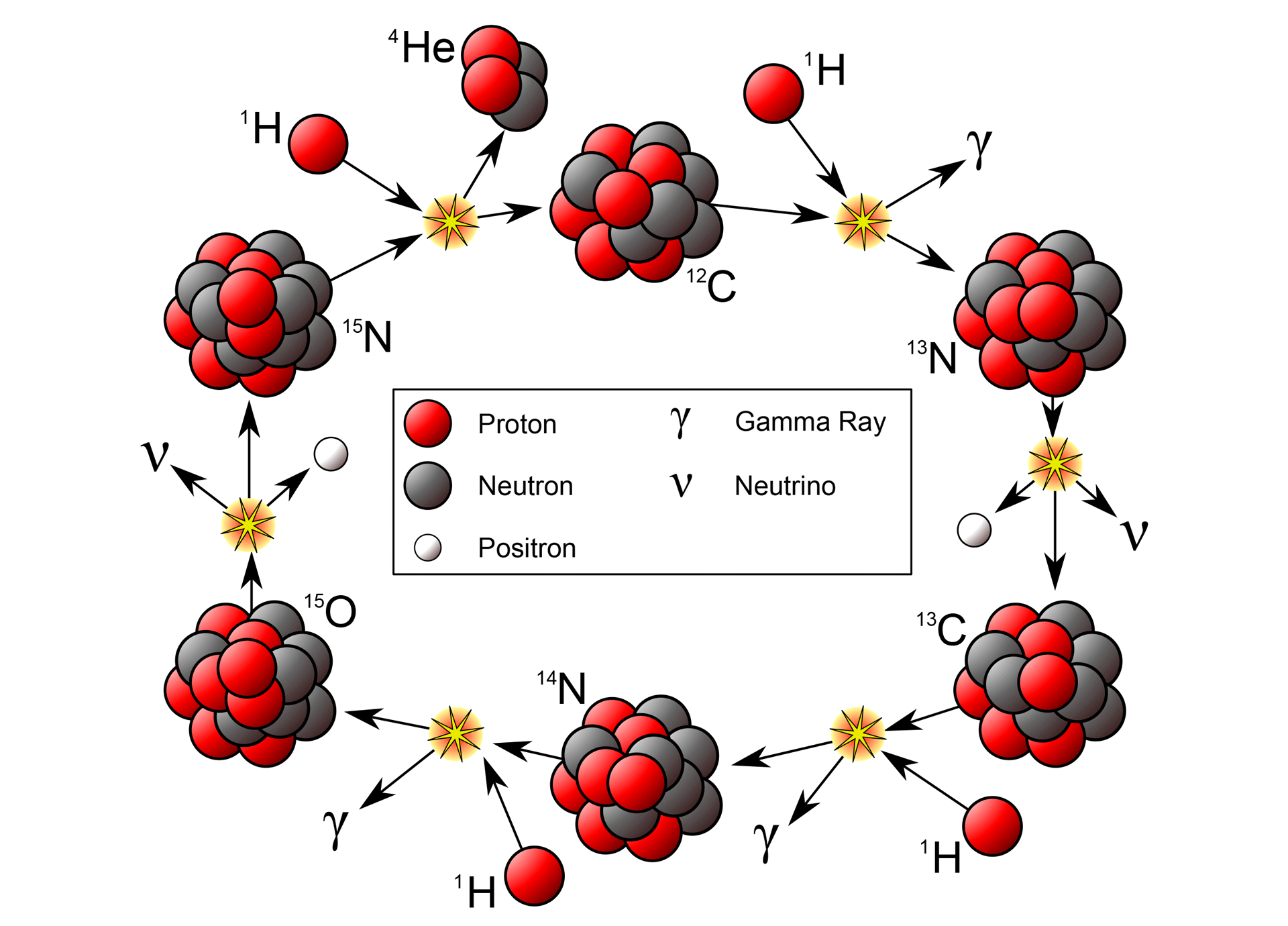Could the smallest of charge clusters help explain the New Fire?
Reginald B. Little said that 'e- p e-' lead to LENR processes, effectively two electrons and a proton. He hypothesised that magnetism at the extreme played the crucial role in low energy nuclear reactions.
Dr. Francesco Piantelli says that 2 electrons and a proton make 'H-' and due to the mass being 1836 times bigger than an electron, just like a muon is pulled closer to the nucleus allowing 2 deuterium to fuse in muon catalysed fusion, this 'H-' composite particle descends to the core and can fuse with it.
Norris Peery hypothesises that 2 electrons and a proton make a 'Negaton' and due to its 'negative' charge, it gets pulled into the nucleus of a target element, rather than be repelled as would be expected if it were a proton.
In this steemit blog entry, Kenneth shoulders says that a cooper pair is the smallest form of charge cluster. Interestingly, the cooper pair is a main component of superconductivity.
He also says that charge clusters can entrain positive ions, shield their charge, mass and inertia.
When the simplest charge cluster (or bigger) is formed, shoulders would say this could entrain a proton. To accelerate the collective to relativistic speeds one could use either localised high intensity electric fields (as in Egely dusty plasma), microwaves or macro electrostatic fields such as used by Shoulders, Suhas Ralkar, Tesla, Hutchinson etc.
All these proposed mechanisms have 3 things in common, 1 proton and 2 electrons
Could the Shoulders interpretation of the mechanism enable, for instance, the CNO cycle on the desktop, is this why Suhas Ralkar claimed he saw an excess increase when he added carbon? This would also lead to the production of Nitrogen in situ.

Thanks for Sharing
Pleasure